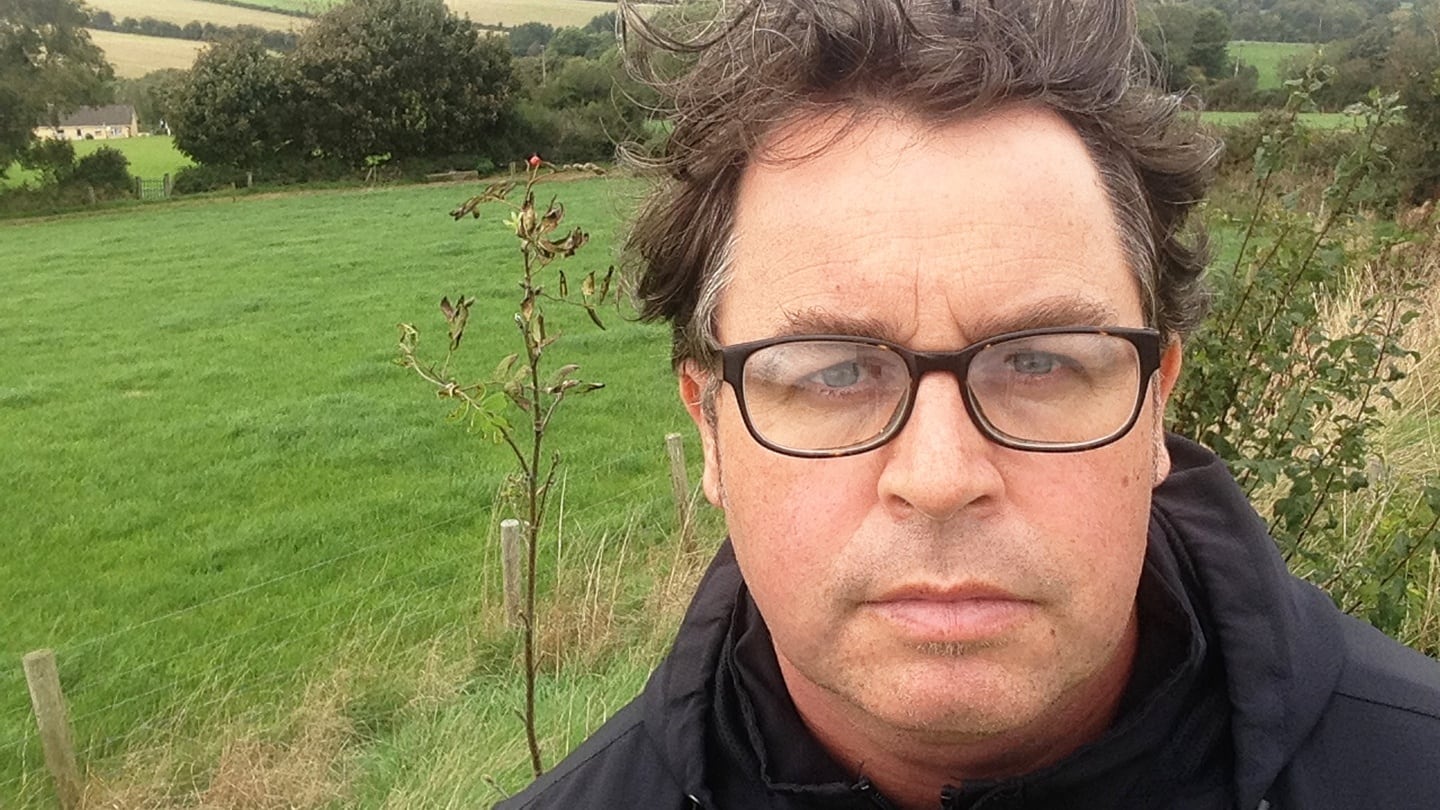Who is continuing the tradition of the great Irish folklore gatherers of the postwar years: Séamus Ó Duilearga and Seamus Ennis, and Alan Lomax in the US?
Beyond the realms of academia only one prominent individual has made it his life’s work to collect our current folk customs, superstitions and beliefs. His name is Michael Fortune, an artist who for 20 years has been rooting out and recording the stories and customs of his region around Wexford, initially, and then expanding it to include the rest of Ireland.
“I never intended to be a folklorist, nor even to make folklore the basis of my artistic practice. It’s just that I come from a coastal village in Wexford called Ballygarrett that is part of larger Gaelic stronghold called the Macamores, which has remained remarkably isolated and stubbornly undeveloped, where old dialects and customs survive intact. It’s a place still scarred by the legacy of 1798. I’m from a farm-labouring background, a people who didn’t go to ‘Hell or Connacht’ but hung on and shaped their lives on the fringes. It was these voices and stories that shaped me.”
0 of 5
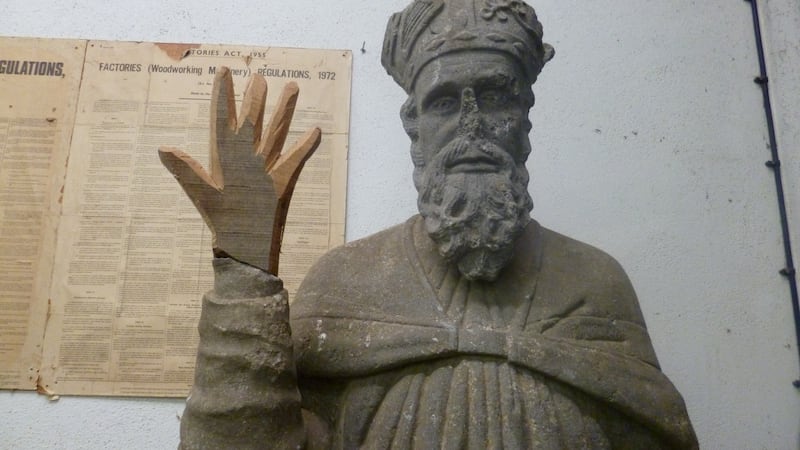
Before Freud there were folklorists, those who mined our subconscious for the hidden hopes, fears and biases that we'd all rather keep under wraps. As the power and influence of psychiatry and psychology took hold through the 20th century, that of folklore waned. Yet in Ireland its influence has remained remarkably strong, though it is rarely recorded now beyond the limits of the Gaeltacht, and almost never features in the public media except for Raidió na Gaeltachta and occasionally on TG4. The late Diarmuid Ó Muirithe's long-running column in The Irish Times was an honourable exception.
Fortune has now single-handedly amassed hundreds of hours of video of people recounting the stories, songs, superstitions and beliefs of their communities. One example of his work, My Grandfather Was Taken by the Fairies, is a series of video recordings featuring his mother and other family members relating their interactions with nonhuman entities. It is the matter-of-fact way they describe the impact fairies have had on their lives that is most arresting. There appears to be nothing unusual about the night their grandfather spent hours chasing a fairy in the guise of a rabbit around a field, or how the same fairies took the local shopkeeper hostage and traumatised him to such an extent that he kept the shop door locked from then on, and would only allow customers enter once he was certain they were human.
The conventional art world bores me: the same people, making work in a bubble, preaching to the converted. I deliberately went local from day one.
In another film, John and Ned – Ballyscough Bridge: A Quare Place, Fortune's near neighbour, John Murphy of Morriscastle, recounts (in a dialect straight out of the Middle Ages) an experience he had of being trapped in a field by fairies who forced his car to turn around and be pulled back towards the field. It is hard to say whether this is art, anthropological research or folklore. It was hastily recorded on the fly one afternoon when Fortune came upon Murphy with his neighbour, Ned Kavanagh. In the video, Kavanagh nods sagely and says, "I've heard that before about that field. Hell's Kitchen is the name of it." To which Murphy replies, "Be da holy, Ned."
This type of art is hard to categorise, oscillating between studious ethnography and humorous home-video clips. Fortune is like an anthropologist with a fondness for the absurd. His video Hunter Gatherer documents the ritual unpacking of the weekly Lidl shop, while Bingo captures the eerie monotony of a drive-in bingo session in Ballymitty, Co Wexford, where locals listen to the bingo caller in their cars to avoid the smoking ban inside the community hall.
But his work more typically features traditional folklore, songs and customs. Bug Your Lace records the folklore and gammon (dialect) of Traveller women and girls in Bunclody, while The Banshee Lives in the Handball Alley is a collection of local stories and superstitions gathered from children in Moyross, Limerick.
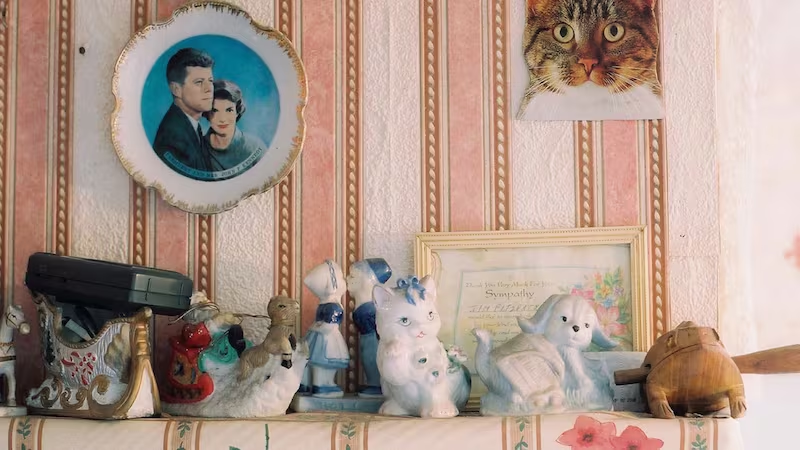
His fascination with folklore is not as some glorious remnant of a purer past, but as a living entity that shifts and shimmies, that gets added to and changed with each telling.
“I am keen to explore the threshold between current culture and traditional customs,” he says, “between fact and fiction, and most especially how these elements shift and change so readily between each retelling, depending on the environment and the audience. Many of the stories will have the same repeated lines, the same meter, rising and falling, the same warnings and consequences, but are otherwise fluid and dependent on the personality and mood of the teller.”
Local art for local people
His work shares similar themes with artists such as Alice Maher and Rita Duffy, but it has gained little of the prestige or recognition of theirs, possibly because of the unpolished quality of some of his video production or more likely because of his preference to avoid exhibiting in established galleries in favour of creating art experiences for local communities.
“The art world had no interest in my type of work. They couldn’t bracket it; couldn’t sell it. For many it upset their notion of what art was, and so I turned my back on them. The conventional art world bores me: the same people, making work in a bubble, preaching to the converted. I deliberately went local from day one. Last year I shifted my focus towards Facebook, bypassing the white-wall galleries to connect with people directly through their phones and tablets. It is about communicating with everyone, as opposed to an elite few.”
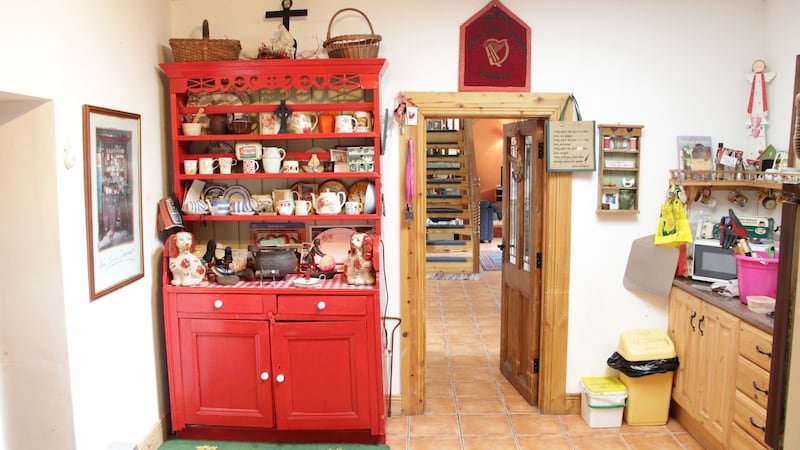
His work is more likely to be seen in parish halls, handball alleys or retirement homes than prestigious art studios but, that said, the past decade has seen him featured in more than 130 exhibitions and film festival in 30 countries, from Armenia to Venezuela, and last month the National Library of Ireland hosted a day-long seminar about his work called Vizzards and Collicks.
In conjunction with his partner, the traditional singer Aileen Lambert, he has now developed a range of song-preservation schemes, including the Bird Song Project; the 1916 Song Project; and Man, Woman and Child, with the support of the National Library, the Irish Traditional Music Archive and the Arts Council. They work to revive old songs and attract new audiences to traditional singing groups. Jim Carroll, a leading collector of narrative ballads, attributes a rise in the popularity of ballad singing to their work.
Now Fortune has launched a DVD box set of 21 of his films, further blurring the lines between artist and folklorist. The quality of the collection, Michael Fortune Folklore Collection 2005-2016, varies, but each one hammers home the wealth of lore that is being lost in every townland in the country. While great efforts are made to preserve the béaloideas of the Gaeltacht, so much is being lost elsewhere. Fortune's work reminds us how rich and vibrant the old beliefs and customs are, and how it behoves us all to play a part in recording and maintaining them as best we can. With every story, song or belief that dies, something unquantifiable dies with it, a psychological stitch that once knitted our communities together.
[ folklore.ieOpens in new window ]
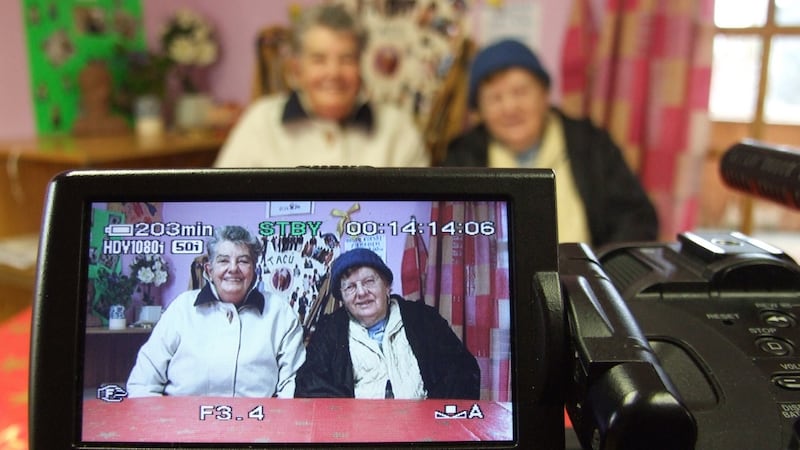
GREAT FORTUNE: HIS MOST POPULAR WORK
Terminal Communication is a bird's-eye view of a dysfunctional road layout at Rosslare Harbour to which drivers react with hazardous swerves, confused manoeuvres and farcical last-minute U-turns. Its slapstick style proved popular on the film circuit for years, and when Fortune posted it on Facebook last year, it racked up half a million hits and another quarter of a million views on YouTube.



